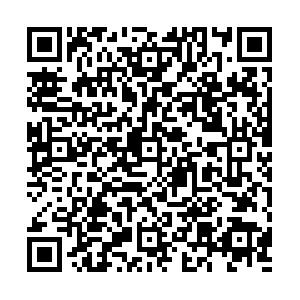摘要:
了解重庆市大中小学及幼儿园统一供应学生餐的微生物污染状况,为进一步确保学生餐安全健康提供依据.方法 依据《2014年国家食品污染物和有害因素风险监测工作手册》对样品进行卫生指标菌和食源性致病菌检测.结果 卫生指标菌中的菌落总数和大肠埃希菌计数不合格率分别为19.57%,6.09%;食源性致病菌中的沙门菌检测全部合格,不合格率最高的是金黄色葡萄球菌计数,为1.74%.学校类型里中学和小学样品不合格率最高,达到34.88%和33.33%.不同食品类别学生餐中凉拌菜和焙烤油炸类不合格率最高,为54.55%和44.44%.炎热季节的学生餐不合格率为31.25%,凉爽季节为16.28%,差异有统计学意义(x2=3.45,P<0.01).城市学校学生餐样品不合格率为26.82%,稍高于农村学校.早餐和午餐不合格率分别是27.91%,23.67%,差异无统计学意义(x2=1.08,P>0.05).结论 2015年重庆市学校学生餐存在不同程度的微生物污染风险.应根据监测结果反映的食品安全风险进一步加强卫生监管.
Abstract:
Objective To further ensure food safety for students,this study aims to investigate microbial contamination of student meal in universities,middle schools,elementary schools and kindergartens in Chongqing.Methods Based on the Manual for China National Food contamination and Harmful Factors Risk Monitoring in 2014 (Chinese edition),food samples were detected for bacterial and food-borne pathogens.Results The unqualified rates of the total number of colonies and escherichia coli bacteria count were detected in 19.57% and 6.09% of all the samples.Salmonella detection of foodborne pathogenic bacteria completely qualified,the highest fraction defective is staphylococcus aureus count,at 1.74%.In different school types,middle and primary schools were found with highest contaminated rate (34.88% and 33.33%,respectively).Salad and baked fried food were the most common food contaminated (54.55% and 44.44%).Contamination rate was highest (31.25%) in summer season,compared with winter season (16.28%).Food microbial contamination in urban schools was 26.82%,slightly higher than that of rural schools.Breakfast (27.91%) was at higher risk of contamination compared with lunch(23.67%).Conclusion Food borne microbial contamination in Chongqing could constitute a potential risk to student health,which needs further supervision.

 点击查看大图
点击查看大图





 下载:
下载: